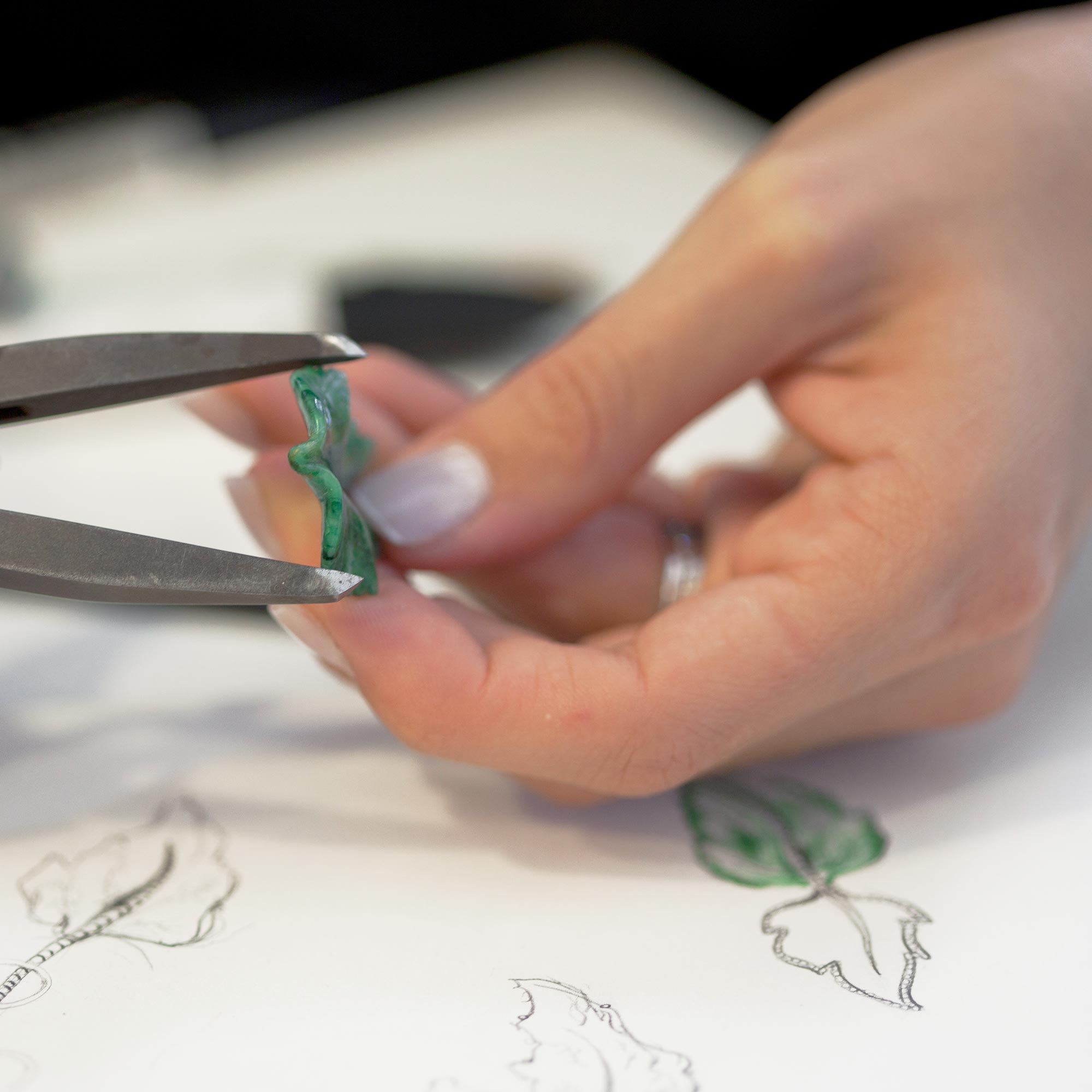The challenge of protecting shape marks in Switzerland
As the number of offerings in the market continues to grow, a name and logo are no longer always sufficient to differentiate a product or service – colours, sounds and even moves or smells play an increasingly important role in brand communications. Among these so-called non-traditional trademarks are the shape of a product and its packaging. Can such signs be granted trademark protection in the same way as conventional ones?
As a general rule, a sign must be able to identify the source of the product and distinguish it from that of others in order to qualify for protection as a trademark. This is the clear difference between trademarks and design rights, which protect the external appearance of an object provided that this is new and enjoys individual character. The scopes of protection are different too. The defence of a trademark covers any confusingly similar sign, while a design is enforceable against other designs that produce a same overall impression on the informed user – not to mention that a trademark can provide time-unlimited exclusive rights. This is why 3D trademarks remain the Holy Grail for the best possible protection of these primary competitive assets.
In Switzerland, shape marks are registrable as trademarks. However, the criteria for protection can prove difficult to meet.
Article 2(let b) of the Swiss Trademark Act lays down an absolute grounds for refusal with regard to the shape of a product or its packaging, where these are technically necessary. If this is the case then any acquired distinctiveness is also disregarded.
Aside from this exclusion, the crucial question is whether the shape of a product can be perceived as an indication of its origin, pursuant to Articles 2(let a). According to well-established case law, the shape must differ sufficiently from those expected by the relevant public. As such, the larger the variety of shapes in the product category, the more the sign is considered to be usual and the more it needs to stand out significantly. Contrary to EU practice, in Switzerland this factor is assessed at the time of examination, not that of filing.
This principle was recently confirmed by the Federal Court in a decision of 24 September 2019. In this matter, the applicant sought protection for a 3D mark designating lipsticks. The sign depicts an egg-shaped packaging with hollow parts in the middle and at the bottom. While this shape is not common for lipsticks, it was denied protection on the grounds that its characteristics are purely decorative, so they would not make the sign sufficiently different from the many various shapes existing in this field. The judges underlined the need for the shape to be memorable in the long term.
The strict position taken for these signs makes it nearly impossible for them to be protected as trademarks, unless acquired distinctiveness can be shown through a consumer survey. Another option is to add 2D elements in order to make the sign distinctive. However, any resulting protection would be very narrow in practice, since the 3D elements will be set apart when comparing the conflicting mark to the registered one. Such a trademark remains useful as a deterrent but almost pointless against copies of the shape itself.
At EU level, the General Court granted trademark rights over a bottle shape in a decision of 3 October 2018. Demonstrating a pragmatic approach, the judges found that the average consumer is capable of perceiving a product’s shape as an indication of its commercial origin provided that it has sufficient characteristics to attract attention (which are, admittedly, very specific in this instance). It was also recalled that the distinctive character must be assessed not only taking into account its elements separately but as a whole. In conclusion, the court found that the distinctive character of 3D trademarks should not be assessed by reference to stricter criteria than those used for other trademarks. However, to return to the basic questions – if a sign, whatever it is, can identify a company, why should it be refused trademark protection?
Of course, free competition must not be harmed by unfair monopolies. At the same time, the efforts and money invested in building a brand deserve adequate protection, too. Otherwise, there is the risk of leaving the door open for copies, which could mislead consumers with regard to their origin. In the fast-moving consumer goods sector, consumers do not always look for the name of the product they are seeking – sometimes it is the packaging shape that is seen first and is most helpful in locating a product. Shape and packaging are thus key elements of brand recognition, which should benefit from protection where they meet the purpose of a trademark.
It is therefore hoped that Switzerland will enable the better protection and recognition of shapes as trademarks, in particular those relating to a product’s packaging and not the product itself and when product coverage is limited. It is also to be hoped that more weight is given to the relevant public, especially when consumers use shapes as an indication of origin in the sector concerned.
Nathalie Denel
Intellectual Property Lawyer
May 28, 2020

